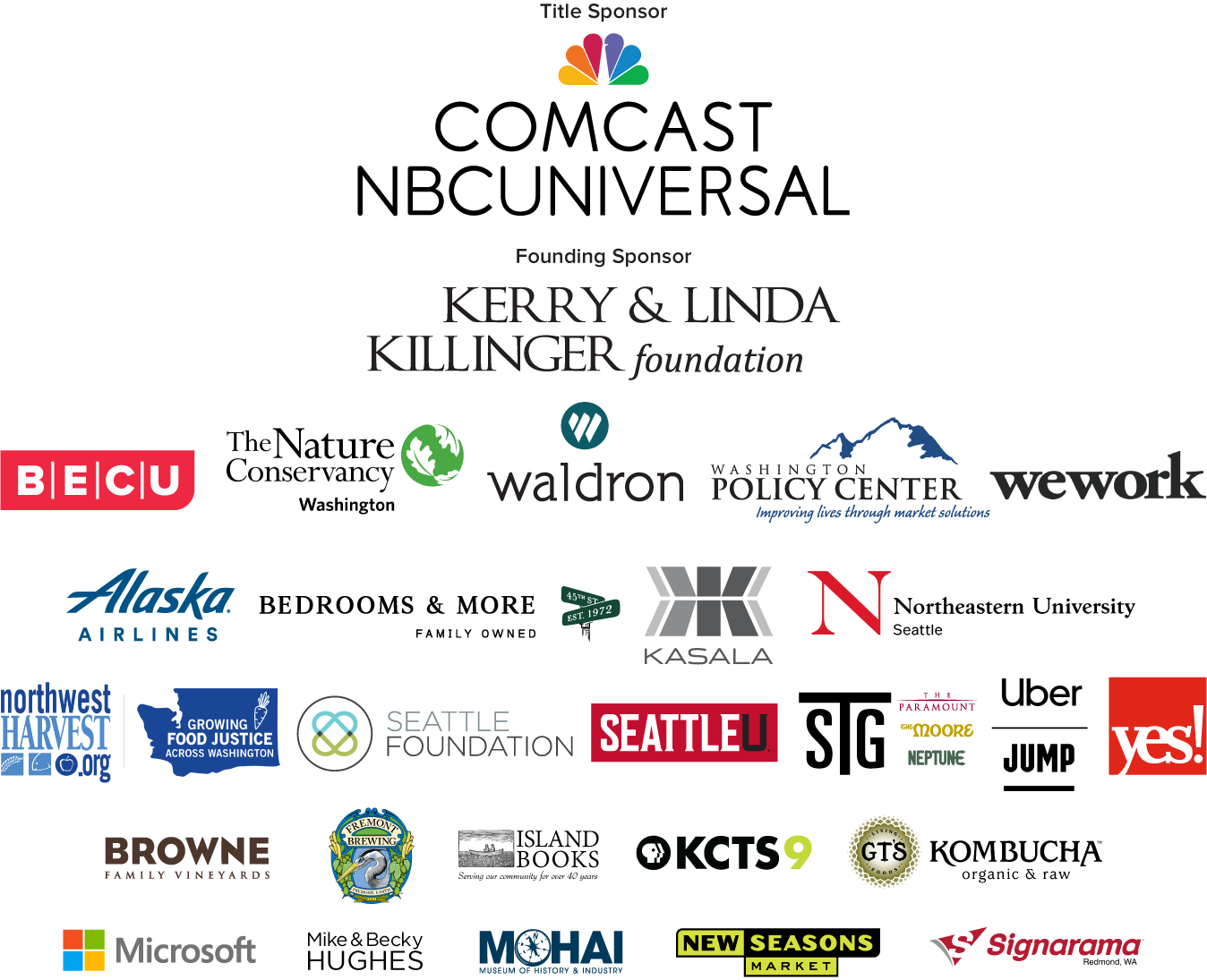Sponsored Content
Janet Napolitano urges you to pay attention to the threats, not the theater
Janet Napolitano is very clear on one thing: the country needs to act on threats that are real, not imagined. In her new book, How Safe Are We? Homeland Security Since 9/11, the former secretary of the Department of Homeland Security focuses much of the critique of her former agency on “security theater” and criticizes the Trump administration for engaging in a lot of it.
She has called the proposed border wall “a symbol, not a strategy,” and believes the nation has far more to fear from white nationalist extremism, cyberattacks and the effects of climate change than anything on the southern border. She is doing more than criticizing the administration. As president of the University of California, she helped sue the Trump administration over its early threats to rescind the Deferred Action for Childhood Arrivals (DACA), a program she was instrumental in creating while at DHS.
Napolitano will help kick off the Crosscut Festival in a fireside chat with Slate Political Gabfest host David Plotz on Friday, May 3. Before heading to the festival, Napolitano shared some thoughts with Crosscut about her successes and disappointments while in charge of DHS, the threat of right-wing extremism and her views on what’s real and what’s not.
This interview has been edited for length and clarity.
What do see as your most significant accomplishment during your time at DHS?
One, we created DACA. The president [Barack Obama] announced that program in 2012. And now some 850,000 young people who were brought here as children and have grown up in the United States can enroll in the program and live in the United States without fear of deportation and can get work authorization.
The second one is the creation of TSA Pre-Check, which helps thousands upon thousands of air travelers every day get expedited through security lines at the airport.
And then thirdly, I think over my time at the department we were able to do a lot to help with its growing pains. It was a very young department when I started. It’s a very large and complex department, thrown together with almost two dozen different federal agencies and some new ones created, all put under one umbrella. Organizing that kind of a complex structure and agreeing on a common mission and setting real priorities and creating a sense of departmental cohesion — I think we made a lot of progress there.
How about your greatest disappointment? Something that you would do differently?
I would say that we just couldn’t develop the technology fast enough to allow people to keep their shoes on and bring liquids onto planes. There were, when I was secretary, lots of threats to aviation security. So it was important that we watch out for individuals trying to smuggle explosives onto planes, which is why we have the rules on shoes and liquids. The technology just simply hasn’t developed to enable that.
And then our efforts to achieve comprehensive immigration reform. There was a bill that got through the Senate that was a pretty good bill that contained all of the elements of an immigration reform bill that would really improve the immigration situation in the United States. But the House of Representatives simply refused to take it up. And so that remains an incredibly divisive, toxic issue.
One event during your time at DHS that you describe in the book is a 2009 report on the threat of right-wing extremism in the U.S. And I understand there was a lot of political backlash, and you rescinded it. Was that something you felt disappointed by?
I think the key point is the right-wing extremism report was very prescient. And it identified a growing problem in the United States, a growing threat to the safety of people within the United States. And the initial version of the report was criticized for casting maybe too broad a net in terms of characterizing military veterans as being ripe for right-wing extremist recruitment. That inartful wording aside, I think we have to acknowledge that the problem is there. What we should be talking about is why do some veterans — a very small number, I’m not talking nearly all veterans; in fact, at the Department of Homeland Security, I think probably half of the staff of the department are actually veterans, and they’re a very important part of our security environment — but to the extent that there are some who become enmeshed in extremist views and carry out violent acts, we need to understand more why that would be and what could be done to intervene and to prevent that.
There was a piece that Daryl Johnson, the author of that report, wrote in the Washington Post in 2017. He suggests that after that, the DHS’s work related to violent right-wing extremism was halted, and that “by 2010 there were no intelligence analysts at DHS working domestic terrorism threats.” Does that feel accurate to you?
No. I know the article you’re talking about, and he’s just incorrect. That part of DHS was reorganized. There were certainly analysts there who were continuing to focus on domestic terrorism, no doubt.
OK, so under your leadership, research was being done on what’s been characterized as right-wing extremism or white nationalist violence?
Yes. It was doing research on domestic terrorism, as well as terrorism fomented from abroad.
You write that a Government Accountability Office report from 2017 found that 73 percent of violent incidents resulting in death since 9/11 are from white nationalists, “but the report received next to no media coverage.” Do you have a sense of why that is — why this kind of information so far hasn’t gotten well-publicized?
I think it’s become more and more publicly recognized as time has gone on and as we’ve seen the events in Charlottesville, as we’ve see the recent events in New Zealand. One of the points I’m trying to make in my book is to distinguish between risks to safety and security that are real versus those that are more theater. So, for example, building a wall along the southwest border — that’s theater. That’s not going to do anything to reduce risk to safety and security of the American people. But yet, think about how much public attention has been focused on the border and the wall over the last couple years or so.
Do you think that this sort of thing — for example, this attention on the wall — undermines safety?
I think at a minimum it’s a huge distraction. It’s a huge distraction for our public officials. It’s a huge distraction for the media. It’s a huge distraction for the American people. And by overfocusing on an issue that is not a real safety or security risk, we are not focusing enough on things that are risks to safety and security.
I would put three things in that category. One is the risks of mass gun violence, and that which comes from right-wing extremism. The risks associated with cybersecurity, where we’ve seen a direct attack on our democracy, of all things, in the 2016 election. And then the safety and security risks associated with global warming and climate change: rising sea levels and more extreme weather events and the need for the country to not only do its part to reduce the rate of global warming, but to do a much better job with respect to adaptation to the warming that’s already occurred.
You write, “We get into trouble when political ideology is thrown into the mix. … And in this regard, I regret to say, we are backsliding terribly.”
Yeah. I think homeland security as a discipline, it needs to be data-driven and evidence-based. And we need to inform the American people without scaring the American people. We need to enlist people to be participants in our own security. So, for example, we developed the “See Something, Say Something” campaign. That was a part of that effort. Another part of the effort was to set up Ready.gov — there’s lots of material there to help people be prepared in case they’re caught up in a natural catastrophe.
“Inform the American people without scaring the American people.” That seems hard! Fear is so powerful. And we seem to have a perception problem associated with different threats. How does that change?
I think one thing that’s important is for our elected officials to speak very clearly about what the security risks to the country are, what we’re doing about them and how people can help. And for people to be critical listeners when they hear somebody driving up fear and talking divisively, or trying to make security a Republican versus a Democratic issue. It’s not! It’s an American issue.
What I conclude in the book is that in some areas we are safer than we were prior to 9/11, no doubt. I don’t think really it’s possible anymore for a foreign national to come into the United States, go to flight school, get on a plane, take over the cockpit, turn the plane into a weapon and fly it into an iconic building like the World Trade Center or the Pentagon. But risks evolve and the security environment evolves. It requires the Department of Homeland Security, among other things, to be agile and to also evolve — to address new risks, emerging risks, as they manifest themselves.
Buy your tickets to Crosscut Festival now!



